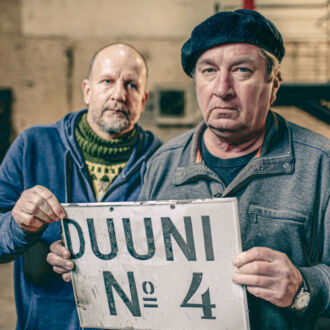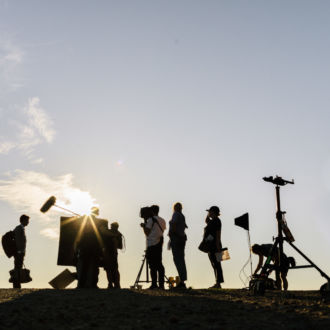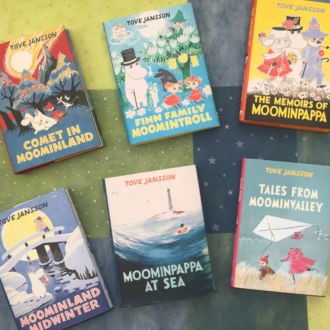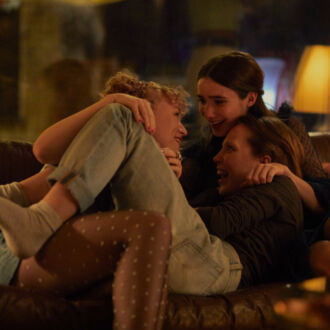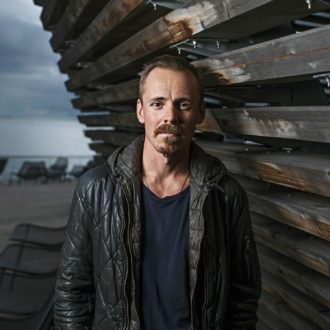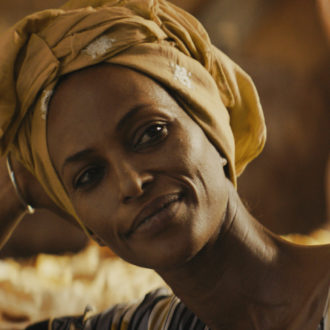Finnish landscapes offer boundless snowy forests in the winter and endless midnight sun shining on 188,000 lakes in the summer. Since about 70 percent of Finland is forest, there is plenty of wild, natural scenery.
Surprisingly often, even the most remote places in Finland are accessible to heavy vehicles, since roads are already in place for forest maintenance. Internet and telephone network coverage reaches just about everywhere, and cybersecurity is up to date. The country is very safe and the infrastructure works well in all seasons. These factors figure in companies’ decisions to situate movie and TV series productions in Finland in recent years.
In some movies Finnish cities have played the roles of other towns. The American sci-fi thriller Dual (2022) was filmed in the western central city of Tampere, pretending to be Seattle. The southwestern city of Turku, with its beautiful 19th-century buildings, stood in for 1950s Paris in Tove (2020), which portrays a decisive period in the life of the Finnish author and artist Tove Jansson. In other movies, Turku has also acted the roles of Stockholm and Venice.

From the movie Tove: Writer and artist Tove Jansson (played by Alma Pöysti) paints a canvas in her Helsinki apartment.Photo: Tommi Hynynen
Setting an unusual film in Finnish Lapland
Sometimes the Finnish landscape takes a leading role in a movie or a TV series. The French movie Aïlo, (2018, English title: A Reindeer’s Journey) is a movie about a newborn reindeer overcoming many challenges during his first year of life in the scenic landscapes of Finnish Lapland.
“Obviously, nature and Finnish landscapes were a definite reason to choose Finland as the location for Aïlo,” director Guillaume Maidatchevsky says. “Also, I chose Rovaniemi, as I wanted Aïlo to be a Christmas tale.”
A key point for him was meeting with producer Marko Röhr of MRP Matila Röhr Productions.
“Marko Röhr is an amazing producer of fiction and documentaries and also a nature lover,” says Maidatchevsky. “He and his director of photography Teemu Liakka know many wild places and are in contact with the local Sámi [the indigenous people of northern Europe]. So, it was great to have Marko and Teemu with us. Filming wildlife with the use of documentary material in a fiction style is not an easy task. Marko also knew exactly how I wanted to direct Aïlo. Adaptability was a key word for me and he understood it really well.”
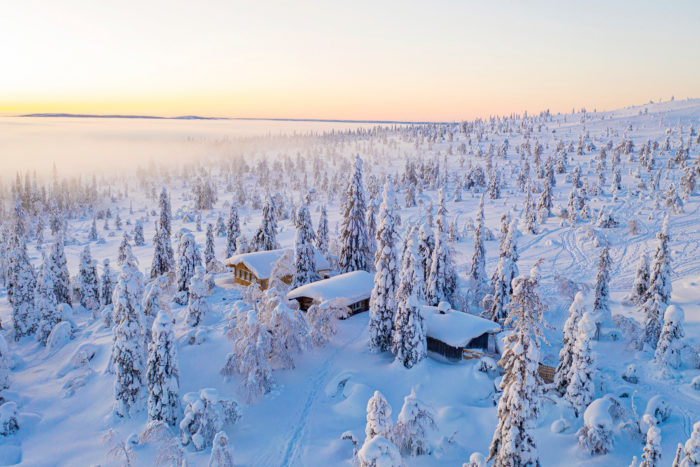
In the Japanese movie Snow Flower (2019), a trip to Helsinki and Finnish Lapland is a dream come true for a dying young woman. Arctic nature is a main feature of the movie.Photo: Jari Romppainen/Film Lapland
Positive feedback for Finnish professionals
Finnish people working for the audiovisual industry get mainly positive feedback after working in international productions.
“Finnish professionals in all stages of production are often considered very trustworthy, amazingly cost-effective and good at staying on schedule,” says product manager Merja Salonen from Business Finland. She is in charge of production incentives for the audiovisual industry. “Finns tend to get straight to the point. They also know how to work in winter conditions.”
The movie or TV series does not need to be filmed in Finland in order to employ these cost-effective and punctual Finnish professionals. It’s possible to do just post-production with them – including editing, sound engineering, colour correcting, and more.
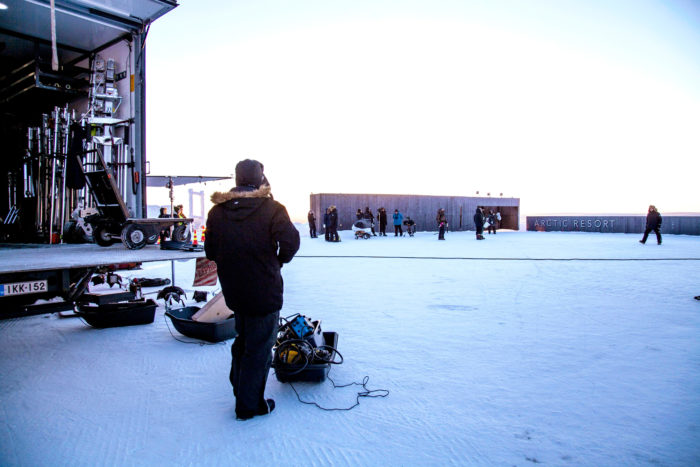
A scene for the TV series Ivalo is being filmed on top of Kaunispää, a small mountain that is part of the Saariselkä range in the Inari region. Photo: Tarmo Lehtisalo/Lehtikuva
Deadwind makes international waves
Deadwind is a crime series starring Pihla Viitala as detective Sofia Karppi and Lauri Tilkanen as her new partner, Sakari Nurmi. Karppi is a strong, independent young widow, a caring mother and a capable detective appreciated by her colleagues, but she is also reserved and feisty. Deadwind is directed by Rike Jokela and is set in Helsinki. The first season was released in 2018 and the third season was filmed in autumn 2020.
Deadwind and another crime series called Bordertown, set in the southeastern Finnish city of Lappeenranta, were the first Finnish TV series distributed internationally by Netflix. They have opened doors for other Finnish productions on various streaming platforms.
“The company in charge of our international sales got Netflix interested when we only had the script and some video clips ready,” says Deadwind producer Pauliina Ståhlberg of Dionysos Films.
“Deadwind is a good example of Nordic noir, which has been very popular internationally for some time. After the success of the first season of Deadwind, it was easier to get the next seasons distributed internationally. The series has been popular all over the world, including France, the UK, Japan, South Korea and Brazil. The script is very good, which also attracts interest for remakes in other languages.”
The series is set in Helsinki, but it does not look like a travel ad. “Deadwind’s Helsinki is quite rough and melancholic: quiet, grey, cold and wet,” says Ståhlberg.
“The scenes are often set on the edge of the town, not in the centre. But it is very recognisably Finland and Helsinki.”
Do you have the popcorn ready?
These are some of the productions that are available internationally on various streaming platforms (and have received production incentives from Business Finland).
- The Guardian Angel – Finnish name: Suojelusenkeli (feature film)
- Deadwind – Karppi (TV series)
- Bordertown – Sorjonen (TV series)
- Cold Courage (TV series)
- Moomins – Muumit (animation series)
- Peacemaker – Rauhantekijä (TV series)
- Aïlo – A Reindeer’s Journey (feature film)
- Aalto (documentary film)
- Heavy Trip – Hevi Reissu (feature film)
- Arctic Circle – Ivalo (TV series)
- Invisible Heroes (TV series)
- Bullets (TV series)
By Päivi Brink, ThisisFINLAND Magazine
